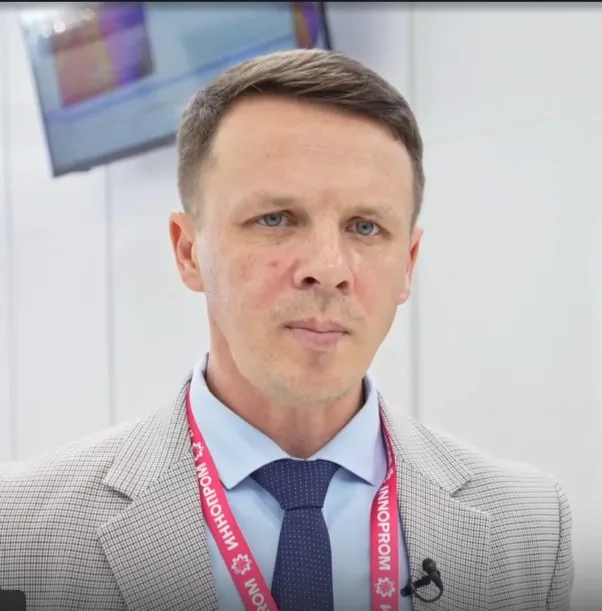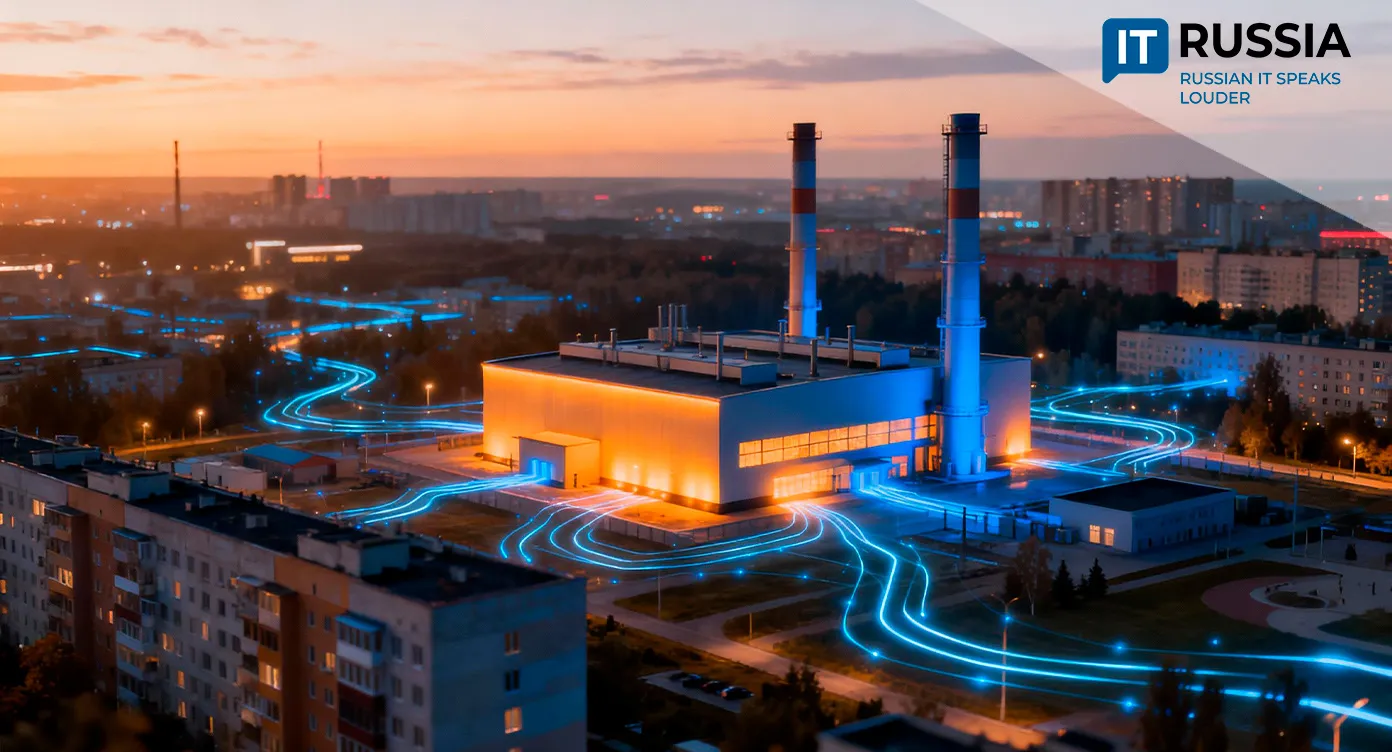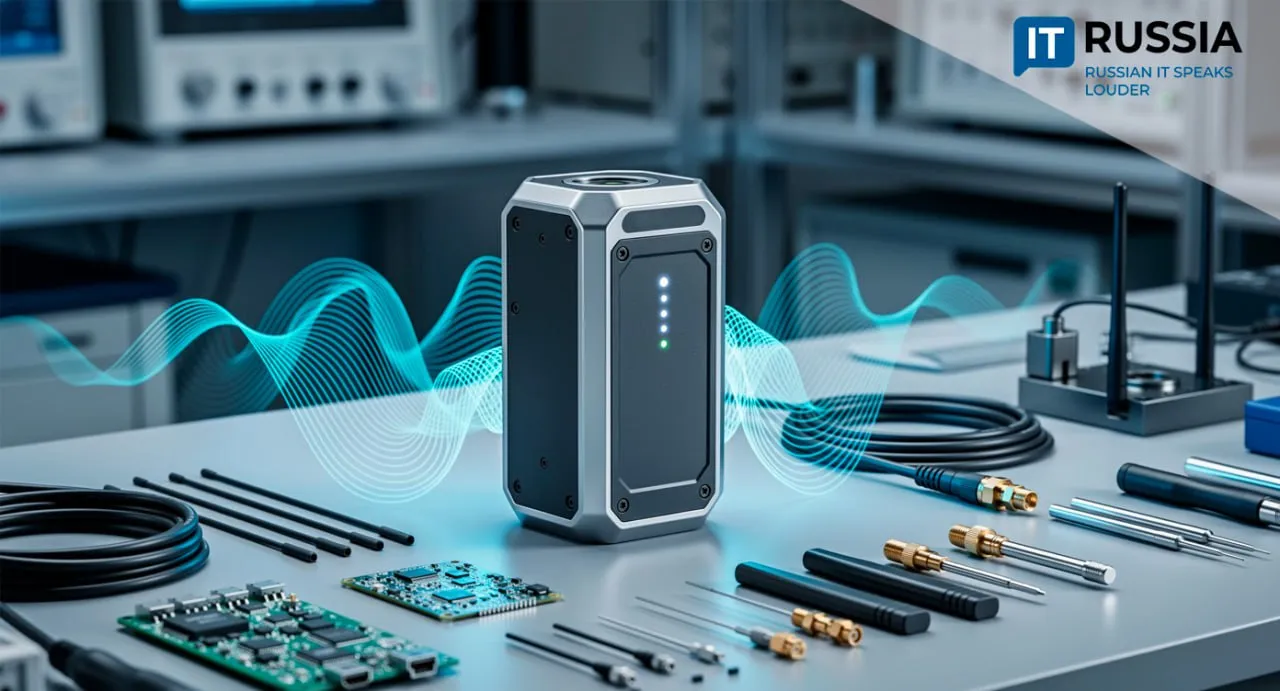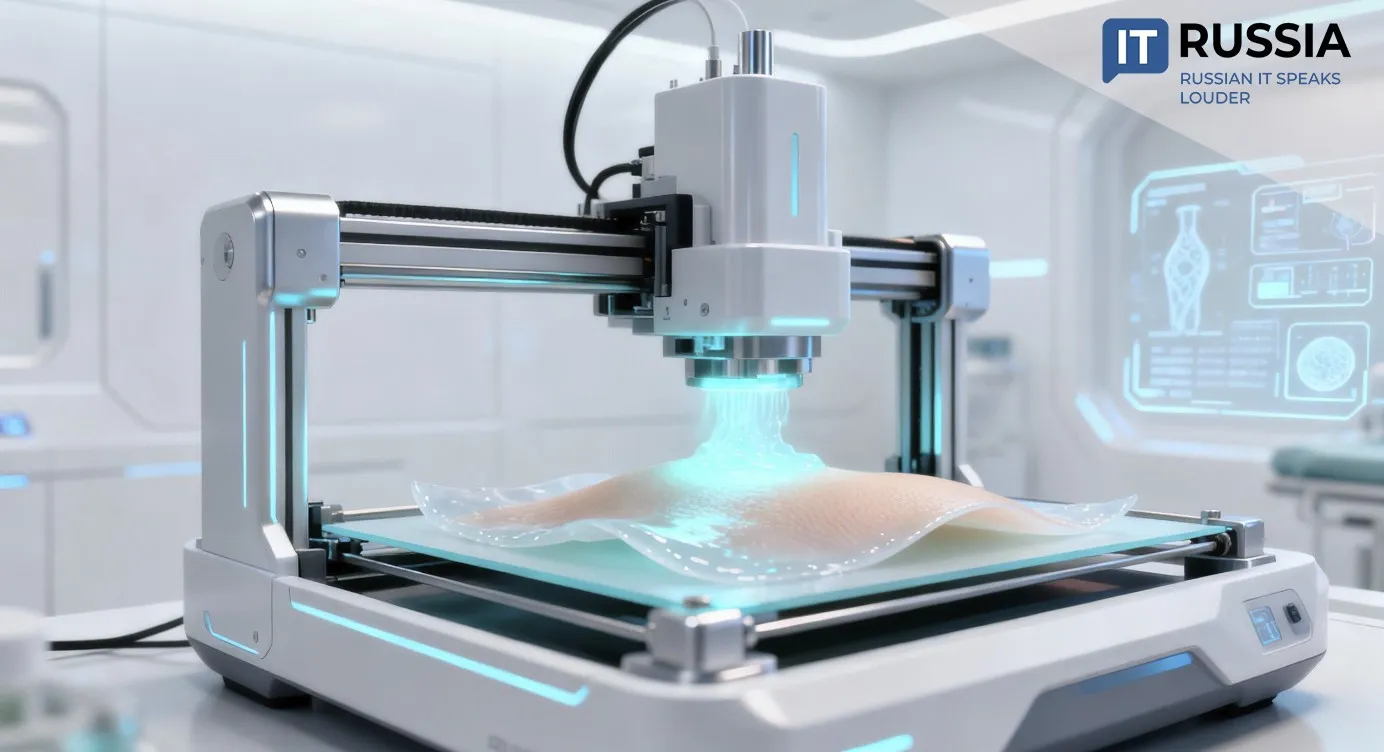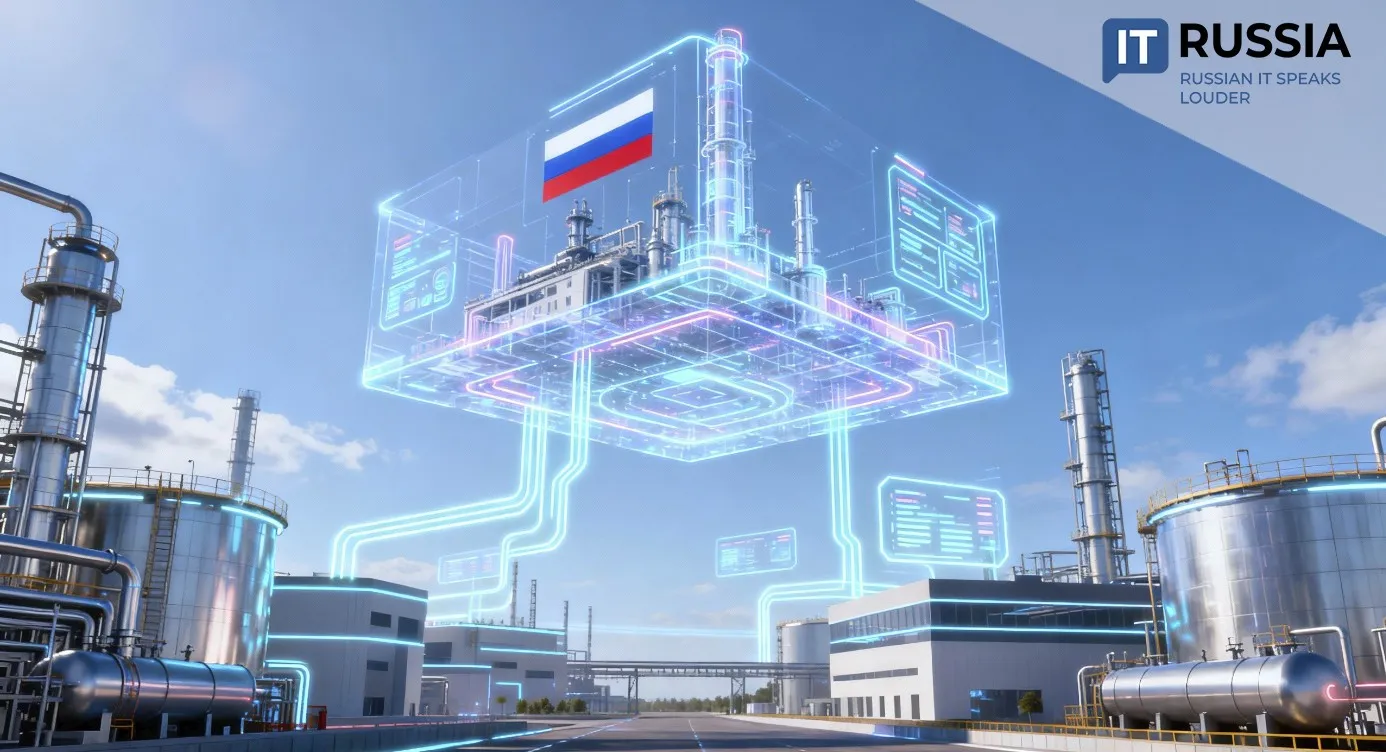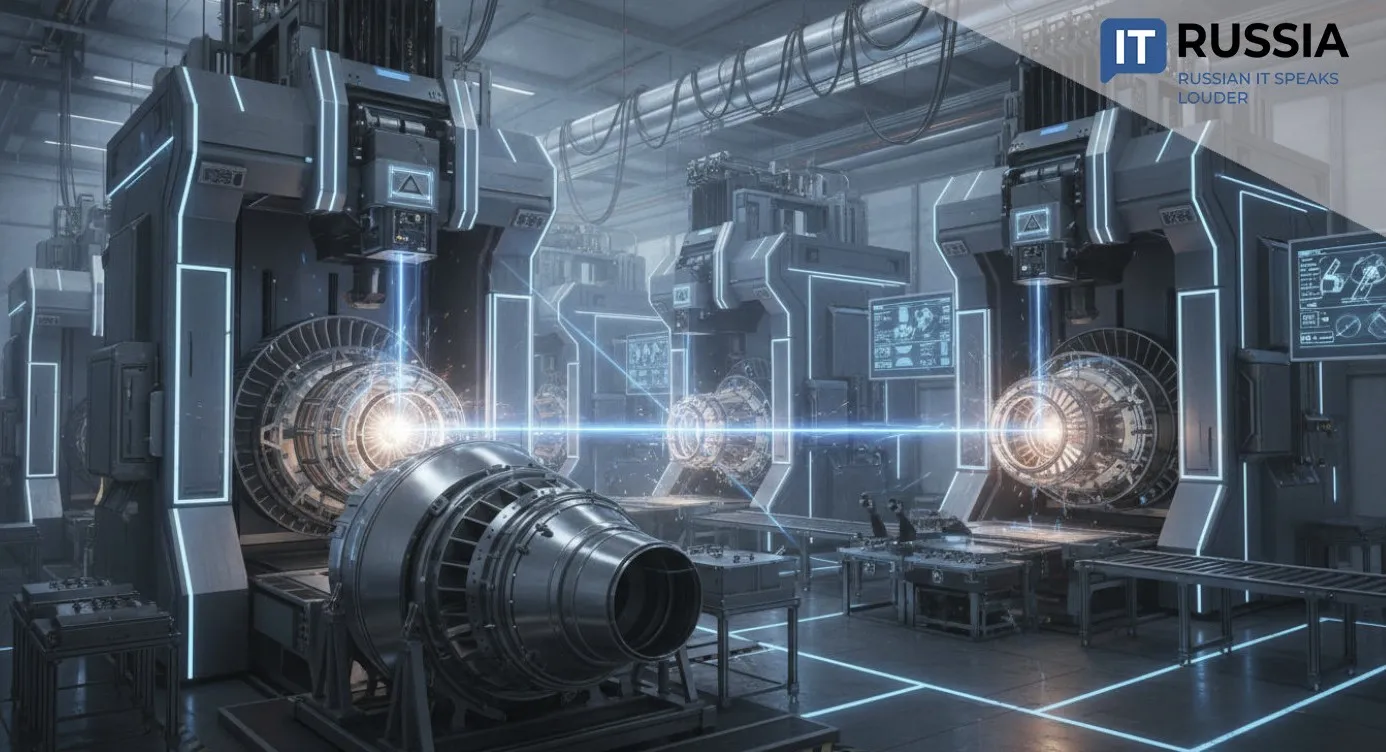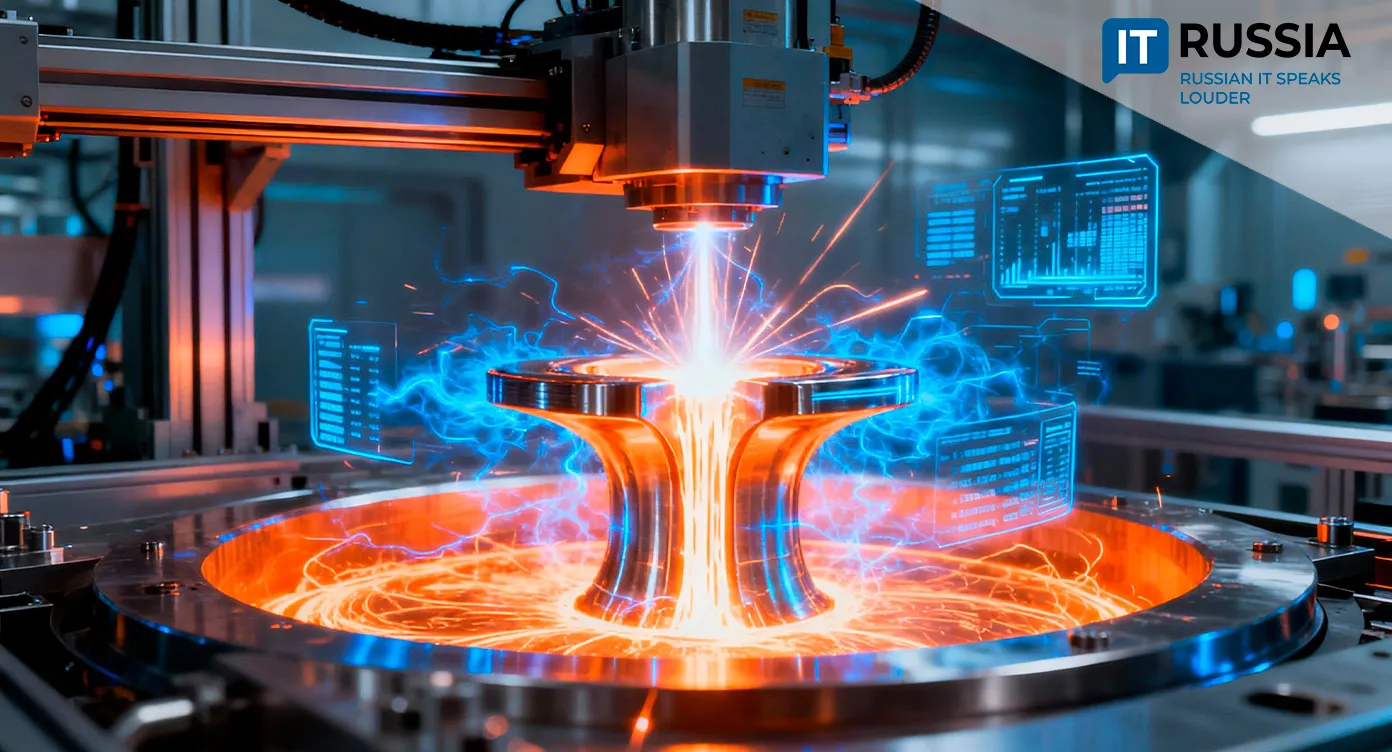Sanctions Unlock the Potential of Russian Engineering Companies

Russia’s policy of import substitution is spurring domestic manufacturers to develop advanced technologies, creating momentum for homegrown industrial solutions. In the face of an active push for import substitution, Russian manufacturers are showing significant progress in the development and deployment of cutting-edge technologies.
Growing Trust in Russian Engineering
The St. Petersburg–based engineering group Intratool has announced its readiness to roll out the Russian in-furnace monitoring system INTRAVIZOR VPM across industrial sites nationwide. Serial production is expected to begin in 2026, marking an important milestone in the advancement of Russian high-tech solutions for industry.
This achievement became possible after pilot industrial trials at three oil refineries produced positive results, confirming the system’s reliability and effectiveness. Orders from industrial enterprises are already growing, and negotiations are under way for new pilot deployments. This signals increasing trust in Russian engineering.

A Stable Base for the Future of Russian Solutions
The significance of the INTRAVIZOR VPM extends well beyond a single company. For Russia’s IT sector and industry as a whole, the technology represents an important step toward import substitution and the creation of an independent ecosystem for monitoring complex production processes.
Until recently, such systems were largely imported, leaving Russian plants dependent on foreign suppliers. Deploying a domestically produced monitoring system not only reduces this dependence but also creates a stable foundation for future development in industrial automation and digitalization.
Production Optimization
The INTRAVIZOR VPM system is designed not only for the oil, gas, and petrochemical industries but also for methanol and fertilizer producers, as well as glass and metallurgical plants. It provides continuous control of furnace temperature fields, gas dynamics, and other critical parameters that directly affect safety, efficiency, cost-effectiveness, and environmental performance.
With precise real-time data, operators can optimize furnace operations, cut energy consumption, prevent accidents, and extend equipment life. Altogether, this leads to higher output and lower operating costs.
Another advantage is the system’s ability to integrate into production with minimal downtime. Its implementation can be synchronized with scheduled overhauls, avoiding costly line stoppages and ensuring flexibility during modernization.
Importantly, several Russian expert organizations are now taking over roles previously handled by foreign companies, including project documentation and implementation support. This points to the formation of a full domestic infrastructure to support the technology.

From Development to Mass Deployment
In August this year, successful trials were completed at three refineries, a logical step toward serial production.
A key upcoming milestone is the receipt of the ST-1 certificate, which verifies that the INTRAVIZOR VPM is manufactured within Russia using domestic components.
By early 2026, Intratool plans to complete development of the alpha version of its software for the system. The software will fully comply with government requirements mandating that critical IT infrastructure switch to Russian-made software by 2030. According to developers, the company’s solutions already incorporate machine vision technologies, and Intratool intends to expand the integration of neural networks into its monitoring systems.
Serial production of the INTRAVIZOR VPM is scheduled for spring 2026. This progression—from research and testing to industrial scaling—reflects the project’s maturity and the company’s clear strategic roadmap.
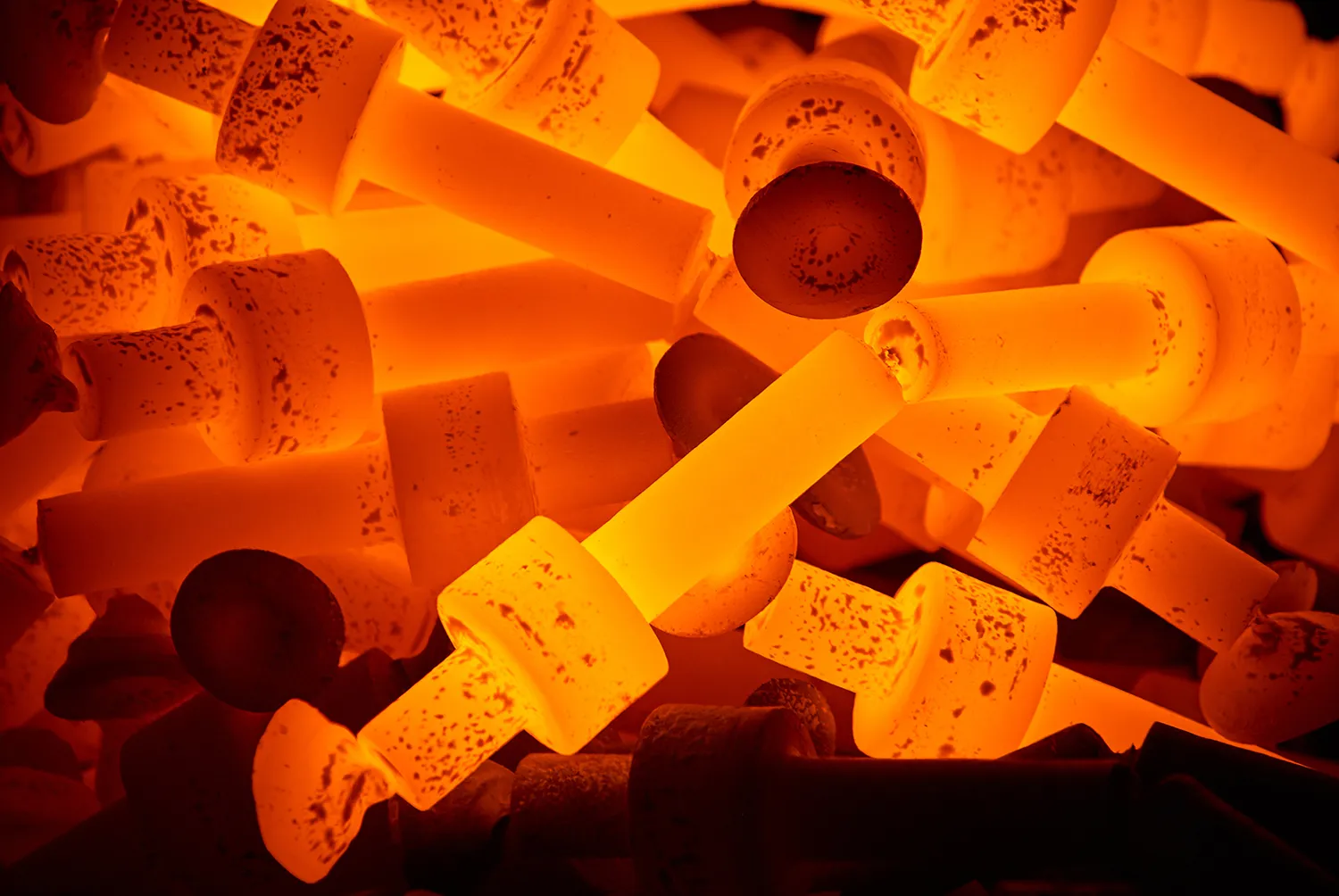
In the long run, the INTRAVIZOR VPM may become an industry standard in Russia, especially with support from the government and specialized institutions. While the focus is currently on the domestic market, the technology has export potential, particularly in countries with developing industries that face restricted access to Western technologies.
Intratool’s approach demonstrates a systematic model of innovation—moving from R&D to large-scale industrial adoption. The growing interest from industry, the support of expert organizations, and the proven effectiveness of the technology all underscore its long-term potential. The introduction of INTRAVIZOR VPM is not just a technical success but also a contribution to Russia’s technological sovereignty, improved industrial safety, and the growth of its high-tech sector.


